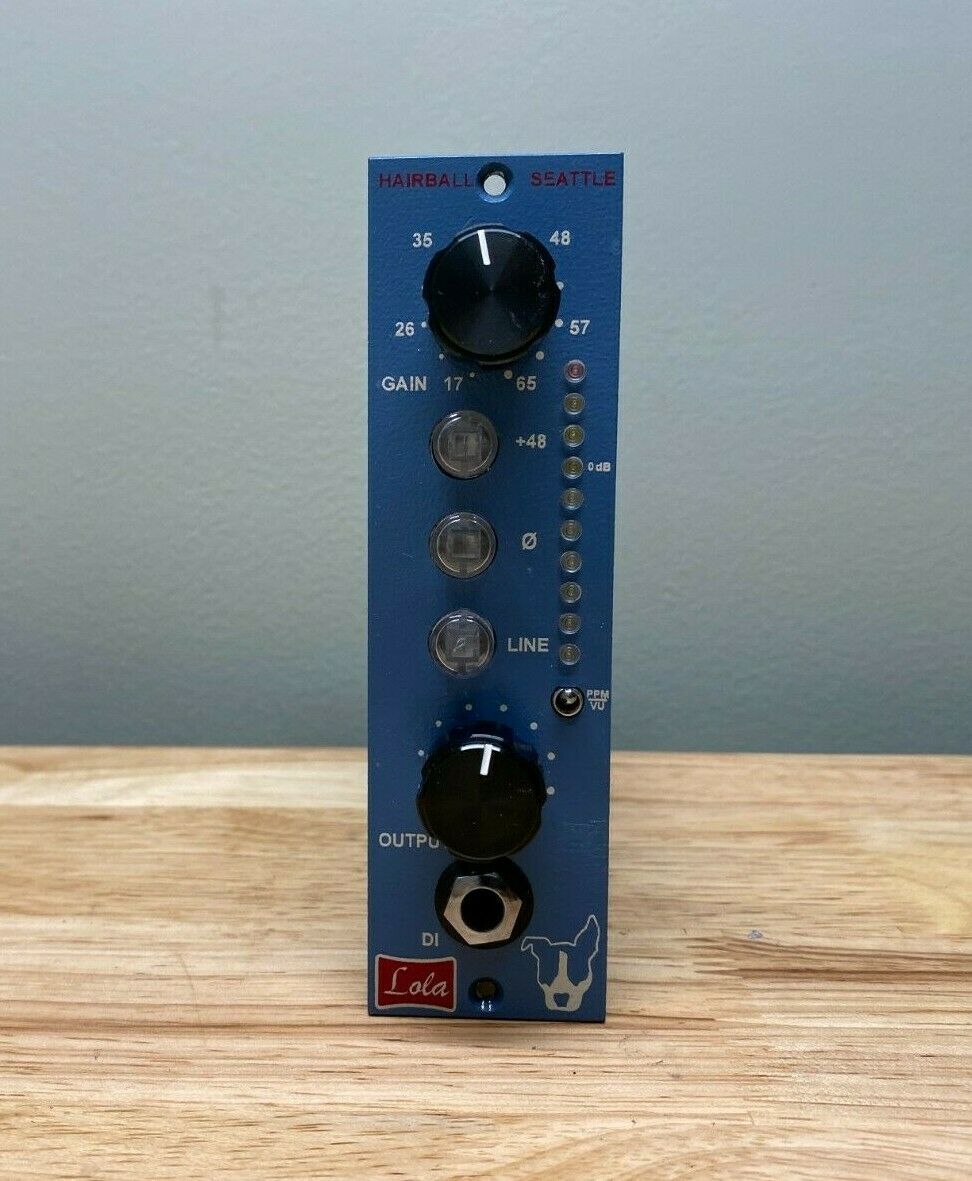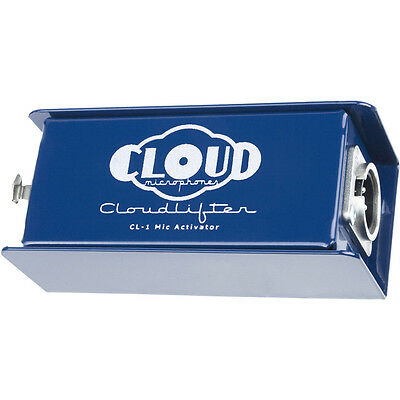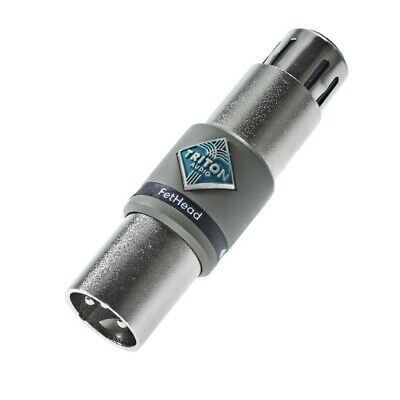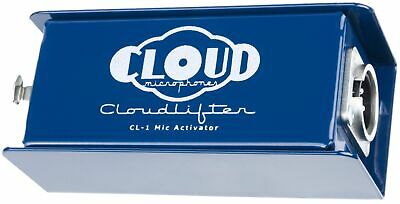-40%
Hairball LOLA Mic Pre
$ 322.08
- Description
- Size Guide
Description
Brand New Hairball LOLA built just for you. The standard 0 price is for the Hairball Thru-Hole 990 Clone op amp version. If you want John Hardy 990c (surface mount components), or BA512 (more Neve-like) op-amps I can do that too... send me a message. I personally have four of these in my studio and they are one of my favorites. Great on vocals, guitars, Drum Overheads, Synths.... and it has a built in FET DI for guitars. Super versatile. Mike at Hairball did an excellent job in designing the LOLA. Cute dog too.From the manufacturer's description:
Everything you need to build the Lola Mic Pre by Hairball Audio.
Designed to fill the gap between HiFi and colored, the Lola is truly the best of both worlds. Clean and open while adding a thick richness, it’s unlike anything else in your rack.
You have a choice between two op-amp topologies, the Jensen 990 and the Eisen Audio BA512. Though not drastically different and typically only detectable on loud or driven source material, they each have their own strengths. Select the 990 for clear and fast high-end detail. Select the BA512 for a smoother top and better drive capability.
We believe the Lola will become your go-to mic pre.
TAPE OP REVIEW BY GARRETT HAINES :
Hairball Audio is the Seattle Company responsible for bringing us key elements for the DIY version of the 1176 Blue Stripe [Tape Op #84]. This is their first product designed from scratch. Named Lola, after the founder's dog, Hairball offers various kit and assembled forms of the 500-series unit.
Out of the box, it is evident that Lola is a different kind of preamp. The front panel sports a hammered, metallic-jade finish reminiscent of your uncle's hunting thermos. You know, the one that he said was for "coffee" but always smelled like jet fuel. Large black knobs with just the right amount of knurling adjust input and output gain. The input provides up to 65 dB of gain using a 4.5 dB-stepped Grayhill rotary switch for reliability and recall. The output potentiometer is a firm-feeling Bourns. Three illuminate-when-depressed buttons toggle 48V phantom power, polarity, and line mode. (The line button activates a relay that flips the input transformer, making it a step-down input.) There is no input pad, but the minimum gain setting is a meager 15.5 dB, which would accommodate all but the hottest of signals. A vertical ten-step LED meter provides PPM or VU readings. 0 dB on the meter scale represents +4 dBm (1.23 volts) in VU mode. A simple resistor change allows the user to change the 0 dB mark to 0 dBu (0.775 volts) if preferred. A 1/4'' DI jack completes the front panel.
Inside Lola are custom Ed Anderson input (EA-10468) and output (EA-1166-500) transformers. The unracked module weighs in at a solid 1 lb 8 oz, providing a hint of what these things can do even before powered. The Lola maintains a fully differential signal path throughout the unit and employs dual operational amplifiers (even for line inputs courtesy of dual FET buffers). Both kit and assembled versions include the well-regarded John Hardy 990C in this application, although users are free to experiment with alternate op amps. While this approach is costly, using twice the parts, there are reasons to justify the cost. This topology provides lower noise and a high common-mode rejection ratio. And since the op amps are wired in parallel, the available output drive is higher. This results in lower output impedance, which improves output transformer performance and increases the maximum undistorted gain. In this regard, it's similar to running a single-op-amp design on 24 volt rails. I was impressed by this ingenious (and legal) way to circumvent some of the limits imposed by the API 500-series format. And as a John Hardy preamp owner, I'm pleased to see the op amps deployed in this creative fashion. Other technical niceties include minimal use of capacitors in the audio chain, a euphonic pairing of the input transformer (by input turns) with the JH 990Cs, and higher headroom. As of this writing, Hairball is working on a variant DIY operational amplifier, but users need not worry about the performance of the Hardy boys inside the Lola.
I don't normally go through such a detailed features run-down, but in this situation, I want to stress how different the Lola is from the ocean of offerings in the 500-series market. In my opinion, many 500-series preamps want to be either a classic "British" design or a classic "American" design. Of course there are variations, tweaks, and changes. But in essence, they are closely related. Lola belongs in a different camp along with other brands implementing alternate topologies. Unsurprisingly, Lola is a very different sounding preamp. If I had to point to pre- existing brands, the closest I would say might be the GML 2032 [Tape Op #52], which also happens to be one of the best preamps I've tested. This is refreshing, both from a reviewer's perspective and from a new-tools-for-recording standpoint. I will attempt to describe what Lola "sounds" like - and give some usage examples that worked well for us.
Lola is big, clean, and open, but without the negative elements we associate with transparent preamps. In use, you feel like you're not even scratching the surface of what this unit can do gain-wise. On acoustic guitar, paired with a Neumann KM 184, the Lola provided both nuance and girth. As a vocal preamp, the Lola seemed to bring out the most of any mic we selected. It was particularly satisfying with dynamic vocal mics such as the Shure SM7 [Tape Op #36] or the Electro-Voice RE20. Speaking of dynamic mics, Lola with a Sennheiser MD 421 on tom tom was ridiculous, like playing basketball against a pack of six year olds. And an entire drum set tracked through Lolas would probably make listeners stop and ask, "What's going on here? Is there a giant playing in this band?" But we only had two Lolas, so we tried other things. Ribbon mics were next. I've not heard our Royer R-121 [#19] sound this complete. Same goes for the Beyerdymanic M 160 [#60], which employs a completely different ribbon motor construction. Lola presented the warm ribbon bottom frequencies while the top end was articulate in typically un-ribbon ways. Heck, you don't even need to use the preamps, because the Lola is now our go-to bass guitar DI. It has been years since we mixed an album using only the DI. (The guys at Treelady Studios like to mic a cab. If you don't, that's fine. I'm just trying to explain.) Not a problem with the Lola. All of the articulation you expect from a DI is there, plus additional low mids and roundness that often requires a bass amp. If your bass player is all over the place dynamically (either from poor technique or poor setup), the Lola's added headroom lets you continue tracking without the need to adjust gain settings.
We've had the Lola in use for a few months, and we're still talking about how we can pay for, assemble, and deploy 16 of these in our Studio A. With all of the 500-series preamp options on the market, it might be hard to justify a new product. But after using Lola, I can attest that Hairball Audio has absolutely nothing to fear in going to market. This is a very good preamp and a great example of what happens when solid electronic design is married to well-matched transformers and operational amplifiers.












